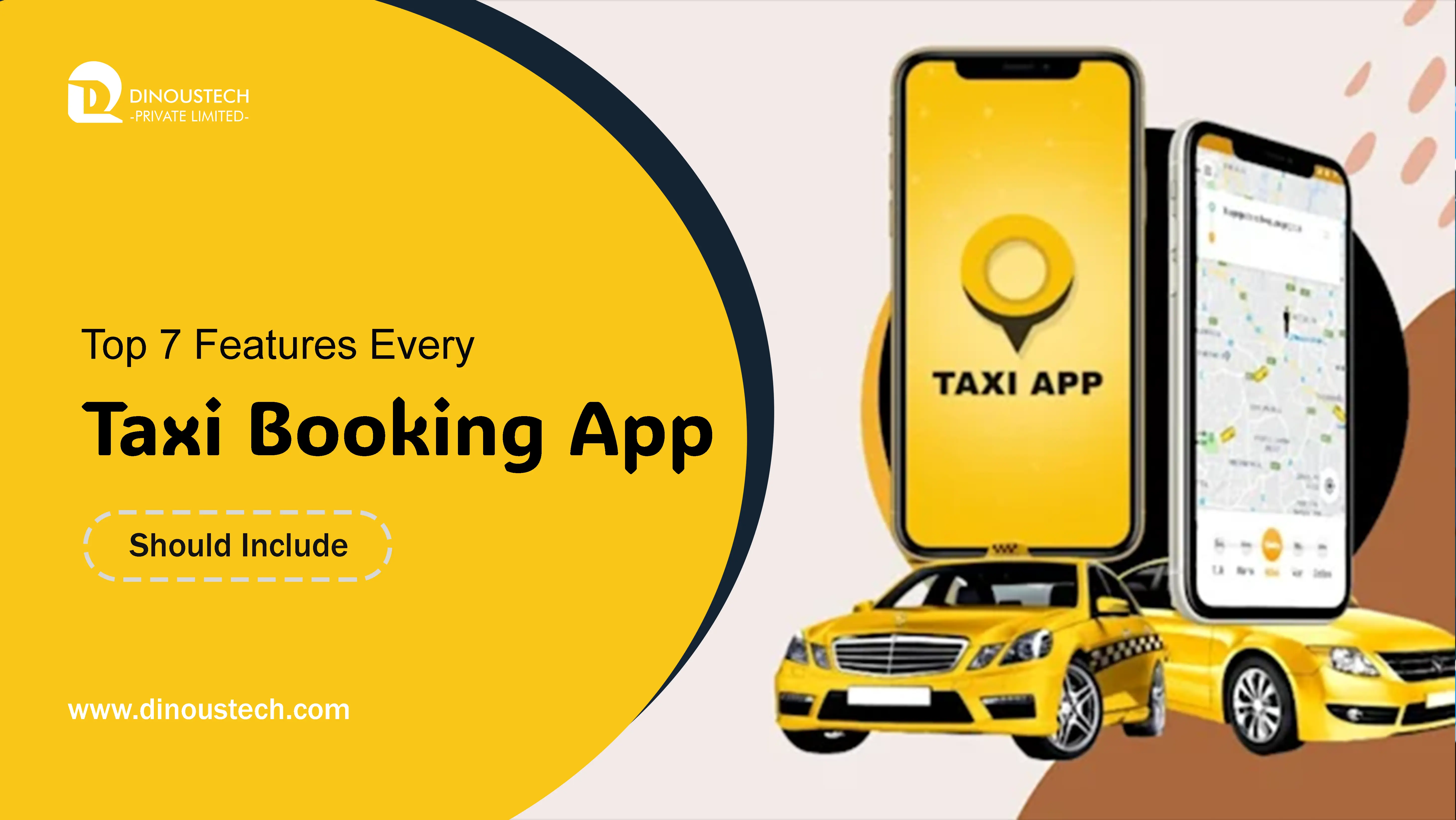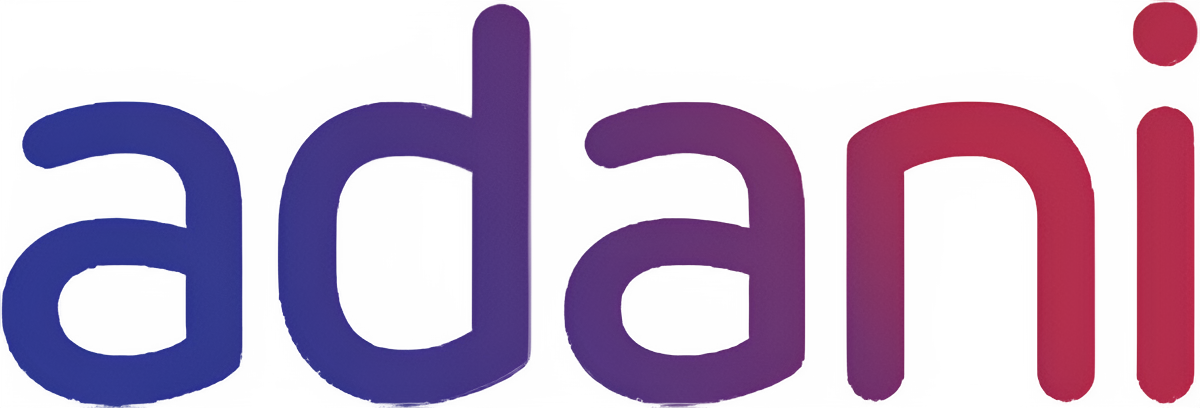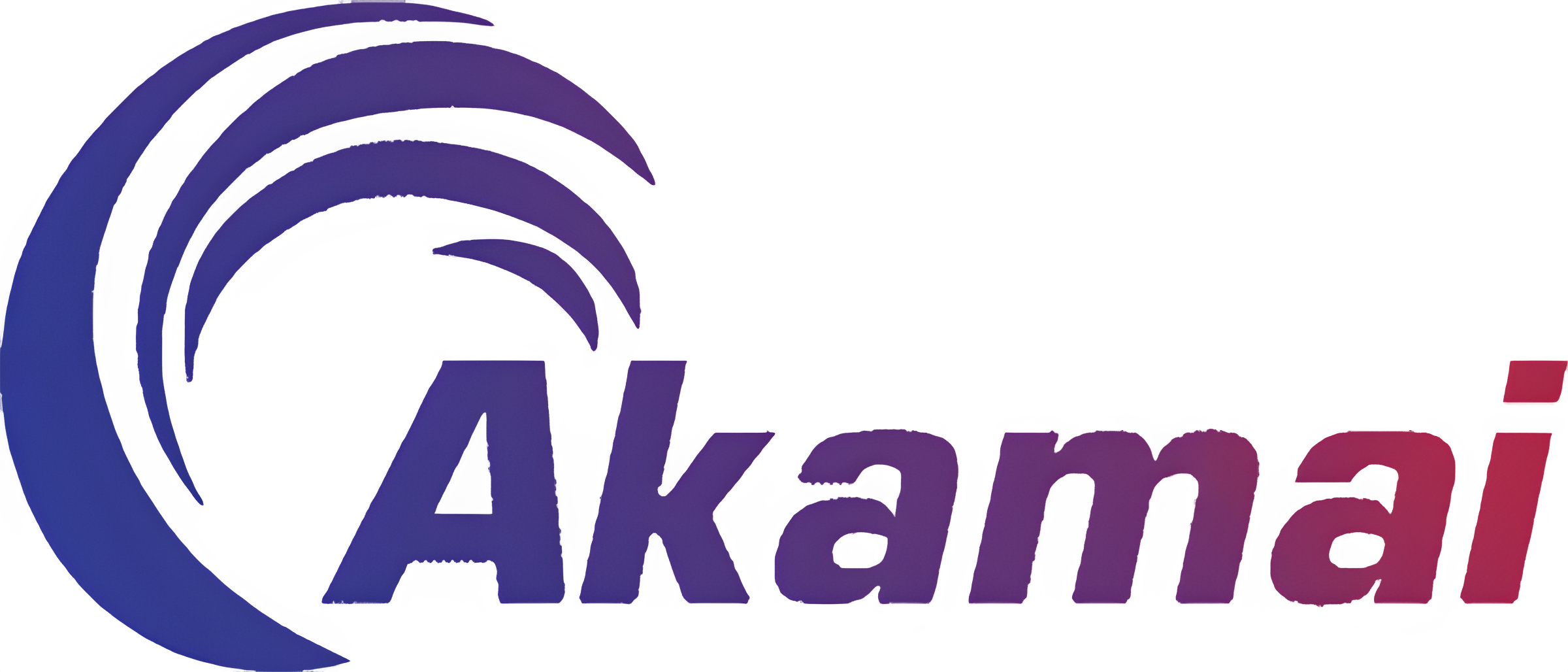Top 7 Features Every Taxi Booking App Should Include

The taxi booking market continues its rapid expansion, driven by consumer demand for convenience and real-time mobility solutions. By 2025, leading apps will differentiate themselves through seamless user experiences, advanced safety features, and data-driven optimization. Building such a platform requires an investment that covers both feature-rich development and long-term maintenance. A basic mobile app development cost for a taxi app can range from USD 40,000 to USD 300,000, while ongoing support by an affordable software maintenance company typically runs 15–20% of the initial budget annually. Partnering with a specialized taxi booking app development company or taxi app development company ensures access to domain expertise in real-time tracking, fare calculation, and high-performance dispatch systems. Complementary web portals built by a custom website design company or via affordable web development services round out a cohesive, omnichannel strategy. Below, we explore in depth the top seven features every taxi booking app should include, along with market trends and strategic considerations for 2025.
Market Landscape and Strategic Imperatives
As urban populations swell and ride-sharing becomes ubiquitous, consumers worldwide now expect instant access to safe, reliable transportation. The global ride-sharing market was valued at USD 113.2 billion in 2023 and is projected to reach USD 305.3 billion by 2030 at a CAGR of 15.2%. In this competitive environment, key differentiators include real-time visibility into driver locations, transparent pricing, and robust safety mechanisms. Cities are increasingly integrating smart mobility solutions—such as app-based taxi services within public transport networks—to reduce congestion and emissions. A modern taxi booking app must therefore offer more than simple ride-hailing; it must serve as an integrated mobility platform that can evolve alongside smart city initiatives.
Given these demands, businesses looking to make a logistics app like porter can learn from taxi apps’ sprint to real-time, data-driven operations. Likewise, companies evaluating the Benefits of Investing in Logistics Software will note the parallels in dispatch optimization and end-user experience between freight and passenger transport. For organizations aiming to enter or upgrade in this space, collaborating with a seasoned taxi booking app development company such as Dinoustech Private Limited provides both technical expertise and insights into emerging mobility trends.
1. Real-Time Driver and Vehicle Tracking
A hallmark of any top-tier taxi app is live tracking of drivers. By integrating GPS and mapping SDKs—Google Maps or Mapbox—applications refresh vehicle positions every few seconds, giving passengers confidence and dispatchers the ability to reroute in response to traffic or cancellations. This feature reduces anxiety about arrival times and allows dynamic adjustments for rider location changes. Drivers also benefit from optimized navigation, which can be further enhanced through augmented reality overlays (HUD) for turn-by-turn directions projected on windshields.
Beyond mere location, advanced tracking systems ingest telematics data—speed, idle time, fuel consumption—to enable fleet managers to monitor driving behavior and vehicle health. These analytics feed into predictive maintenance workflows, reducing downtime and costs. For developers, implementing a scalable, event-driven architecture using message brokers (Kafka, RabbitMQ) ensures tracking data is handled reliably even under peak load.
Also Read: Building an App Like Rapido, Uber, or Ola: Development Cost & Features
2. Seamless Booking and Intelligent Dispatch
The booking flow must minimize friction: users expect to request a ride in under three taps. Auto-detection of pickup points, predictive address completion, and single-click confirmation streamline this process. Once a request is placed, an intelligent dispatch engine matches riders with drivers based on proximity, traffic conditions, and driver workload. Modern algorithms incorporate machine learning to predict areas of high demand, enabling pre-positioning of vehicles and surge pricing triggers.
An effective dispatch system also supports pool or shared rides, optimizing vehicle occupancy and reducing costs for riders. By forecasting demand patterns—using historical data and real-time signals a taxi app development company can boost utilization rates by up to 15%, as reported in industry analyses. Additionally, multi-modal dispatching (integrating bikes, scooters, and cars) positions apps as flexible mobility platforms, increasing user engagement and revenue streams.
3. Transparent Fare Calculation and In-App Payments
Fare transparency is critical for user trust. Fare estimation modules calculate costs based on distance, time, dynamic surge multipliers, and any applied discounts. Displaying transparent breakdowns—base fare, per-minute charge, per-kilometer rate—helps riders understand final charges. Incorporating multiple payment options (credit/debit cards, mobile wallets like Apple Pay and Google Pay, and in-app wallets) further enhances convenience. To integrate a payment gateway, developers typically use PCI-DSS–compliant providers (Stripe, Braintree, or local alternatives), implementing tokenization for secure card storage and webhook-driven reconciliation for refunds or disputes.
Offering a digital wallet within the app—allowing users to preload credits—can speed up transactions and foster loyalty through cashback or loyalty point systems. Automated invoice generation for corporate accounts and GST-compliant billing features also cater to business users, expanding addressable markets.
4. Comprehensive Safety and Verification
Safety remains a top priority for both riders and regulators. Essential safety features include driver background checks, real-time trip sharing with emergency contacts, and an SOS button that alerts local authorities and customer support teams. Biometric authentication (face or fingerprint) at app launch verifies authorized user access, reducing unauthorized ride bookings. AI-driven in-app surveillance—analyzing driver behavior and cabin audio—can detect irregular patterns (harsh braking, excessive speed, unauthorized stops) and flag them for review.
Drivers undergo KYC and vehicle document verification workflows during registration. These processes, managed through OCR-based document scanning and remote video verification, ensure compliance with local regulations. A taxi booking app development company will construct these workflows to align with privacy standards and data protection laws.
5. Robust Driver App and Admin Portal
A complete taxi solution includes dedicated driver-facing and administrator interfaces. The driver app delivers real-time job alerts, navigational instructions, and earnings dashboards. Offline mode—caching pending rides and map tiles—ensures continuity in low-connectivity areas. In-app invoicing and digital proofs of delivery (passenger signature capture) simplify financial reconciliation.
The admin portal empowers operations teams with real-time visibility into fleet health, ride metrics, and financial reporting. Advanced analytics dashboards surface KPIs—average wait times, cancellation rates, driver utilization—and support drilling into root causes. Automated reports can be scheduled for stakeholders, facilitating data-driven decision-making.
Must Read:- Why Your Local Taxi Business Needs a Custom Booking App
6. Ratings, Reviews, and Loyalty Programs
Trust and loyalty are built through continuous feedback loops. Post-ride, riders rate drivers on a 5-star scale and leave reviews; drivers similarly rate passengers. These ratings feed into ranking algorithms that influence dispatch priorities, rewarding high-performing drivers with more ride requests. To foster repeat usage, implement tiered loyalty programs—silver, gold, platinum—granting benefits like discounted fares, priority pickups, and partner offers.
Gamification elements—such as ride streak badges or referral leaderboards—drive engagement. Users earn points for each ride or referral, redeemable for free trips or premium services. These strategies, when aligned with marketing campaigns, can amplify user acquisition while maintaining cost controls through targeted promotions.
7. Multi-Platform Accessibility and Omnichannel Presence
In 2025, users expect seamless transitions between web and mobile. A responsive web booking widget—designed by a custom website design company and implemented with affordable web development services allows riders to hail taxis from desktops or third-party websites. Progressive Web Apps (PWAs) provide near-native experiences without forcing downloads. Integrations with voice assistants (Alexa, Google Assistant) enable hands-free ride requests, enhancing accessibility.
Moreover, ensure backward compatibility and support for low-end Android devices—critical in emerging markets where high-end smartphones are less prevalent. Cross-platform development frameworks (React Native, Flutter) accelerate delivery and reduce the mobile app development cost by sharing code across iOS and Android, while native modules handle platform-specific performance needs.
Long-Term Viability and Maintenance
Launching a taxi app is only the beginning. Continuous feature updates, security patches, and infrastructure scaling are vital for sustained success. Engaging an affordable software maintenance company guarantees 24/7 monitoring, rapid bug fixes, and performance optimizations. Regular load testing before major events (e.g., festivals) ensures the app handles spikes in demand. Automated CI/CD pipelines with unit, integration, and UI tests minimize regression risks and accelerate time-to-market for new features.
Partnering with Experts
Choosing the right development partner can make or break your project. A specialized taxi booking app development company or taxi app development company brings industry-specific knowledge—ranging from dispatch algorithms to regulatory compliance. For overall digital strategy, collaborate with a reputable mobile app development company, while cost-sensitive components can be handled by an affordable software development company. Post-launch, ensure continuity through a maintenance partner that understands ongoing operational challenges.
Dinoustech Private Limited, as an experienced taxi booking app development company, offers end-to-end services: from conceptualization and UI/UX design to development, testing, and post-launch support. Their tailored solutions balance innovation with budget constraints, ensuring your taxi app delivers exceptional user experiences, drives growth, and adapts to future mobility trends.

















